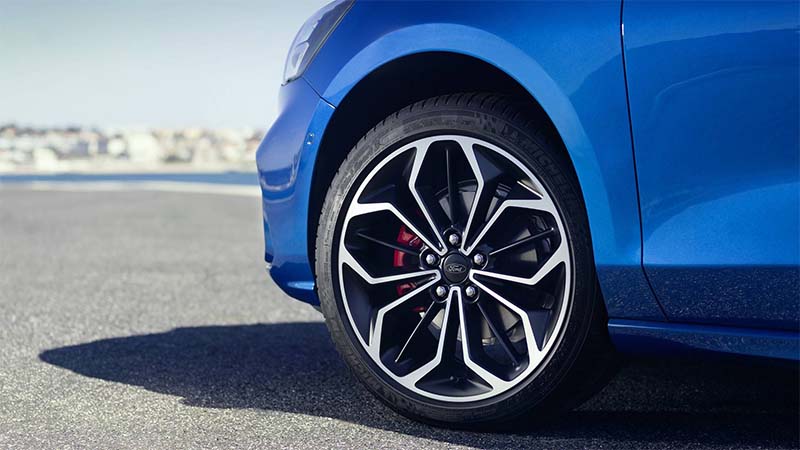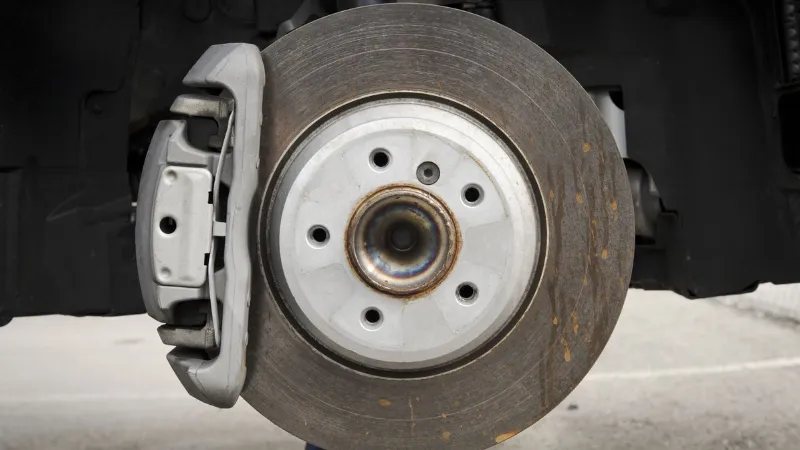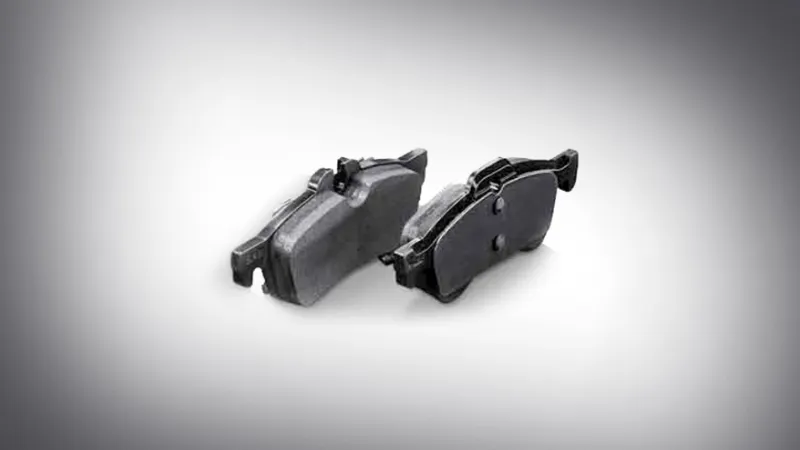We won’t discuss the various interior features that are found in cars to help with this, but we will talk about one of the key exterior features that can greatly enhance a car’s appeal: the alloy wheels.
So, what are alloy wheels? Alloy wheels are wheels made of aluminum or magnesium. They are lighter, more fashionable, and dependable in heat dissipation and vehicle performance when compared to steel wheels. Alloy wheels, on the other hand, are more expensive and less resilient.
Please read on for more detailed information.
What Are Alloy Wheels?
‘Alloy’ denotes wheels that are constructed from an alloy, that is, a combination of elements, not necessarily all metal, with either aluminium or magnesium as a base. All metals have very distinct advantages for the various requirements of today’s industries, but they also have weaknesses. For instance, cast iron is more durable, significantly stronger, and relatively inexpensive than wood, but as we all know, it rusts easily and is completely rigid. At the turn of the last century, it was accidentally discovered that steel, which was already an alloy of iron thanks to the addition of carbon, could be made to stop rusting and maintain a smooth, shiny finish by adding chromium. Thus, the creation of stainless steel.
Alloy wheels tend to be much lighter than their steel counterparts, providing better heat conduction, taking brake-generated heat away from the disks more efficiently. Additionally, lighter wheels greatly enhance the operating suspension, which enables the car to follow the road more closely and boosts fuel efficiency. Obviously, another benefit is they just look phat.
As with so many now mainstream aspects of car manufacture, mags started out in racing. Historically, magnesium was preferred for making wheels because the aluminum equivalents tended to be alarmingly brittle. However, after some experimentation, aluminum alloys significantly improved through the 1960s, and the term “mags” expanded to include wheels made from many materials other than magnesium, referring more to the style than the composition.
Pure magnesium wheels were indeed very light, but are prone to pitting or corrosion and are also pretty brittle. Unalloyed magnesium is also extraordinarily flammable, if provoked. It takes quite a bit of provocation, but if for some reason, say a burning tire or a blowout, the wheel rim was scraping down the road, the unfortunate driver might soon find themselves the unwilling owner of an incandescent brazier on one corner of their prized—and typically expensive—possession.
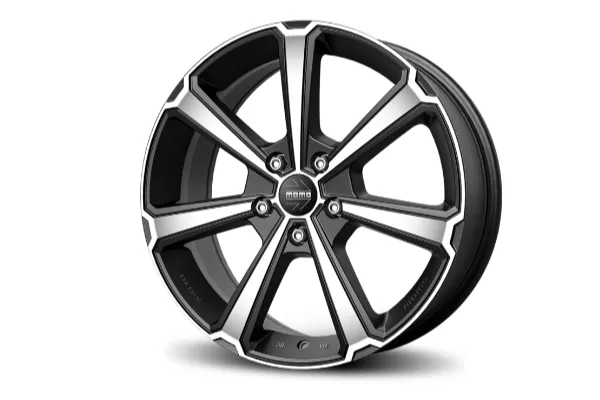
Types of Alloy Wheels
The following fabrication techniques cause alloy wheels to differ in features and price.
Forging
The process involves heating and beating a variety of magnesium alloys, either all at once or in several steps. As a result, it is more ductile and tough than wheels made of aluminum.
Low-Pressure Die Casting
Crucible (a mold made of ceramic or another heat-resistant material) is used in die casting. It is sealed with pressurized air or a mixture of cover gases and is filled with molten magnesium.
The pressurized air or cover gas mixture forces the molten magnesium to rise to the filler tube until it reaches the die when a steel die is placed on top of the crucible.
Compared to magnesium or aluminum alloys, the alloy created using this method is more ductile.
High Pressure Die-casting
In this procedure, molten magnesium is poured onto a shot sleeve, a filler tube. The metal is then pushed into the die, which was positioned on top of a large machine, by means of a piston that is activated by a high pressure. The die is opened and a new magnesium wheel is created after the magnesium has solidified.
Wheels made of high-pressure die-casting are less ductile and stronger. They are still less expensive to produce and more corrosion-resistant.
Gravity Casting
This process entails pouring molten metal directly from the crucible into a mold without the use of centrifugal force, vacuums, or pressurized gases. It is possible to inject aluminum into the mold. The alloy product is then machined to achieve the desired finish.
Because the tooling costs are the lowest, this method, which was first used in the 1920s, has been favored. Additionally, it offers the desired ductility, design flexibility, and quick development time needed for small batch production.
Assembly
One-piece, two-piece, and three-piece forged wheels are produced using this technique.
Overall, forged wheels are stronger, lighter, and more expensive than cast wheels because of their intricate fabrication process, whereas cast wheels are heavier because the mold was prepared to retain strength.
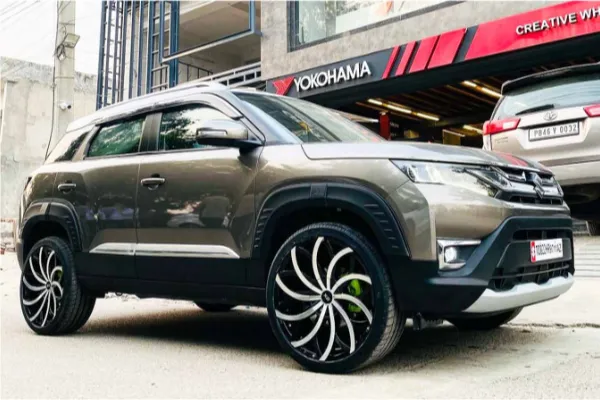
How Are Alloy Wheels Made?
In addition to being more visually appealing than regular steel wheels, aluminum alloy wheels also require less energy to rotate due to their lighter weight. This results in better handling, acceleration, and braking as well as increased fuel efficiency. Below are the basic steps on how are alloy wheels made:
- Raw Aluminium is Shipped into the Factory
- Raw Materials Chemical Analysis
- Melting Process
- Enamel Casting
- X-Rays
- Tilt Milling
- Inspection
- Decorating and Treatment
- Quality Control
- Shipping
Alloy Wheel Damage Types
The various types of alloy wheels, including split rim, diamond cut, and standard alloys, can all be restored using alloy wheel refurbishment services. We have previously discussed the common types of wheel damage, which elaborates on the causes and necessary repairs to maintain safety. Some of the problems or wheel damage that your wheels might have include:
- Straightening alloys
- Curb rash
- Scuffed or curbed wheels
- Alloy corrosion
- Scratches and dents
- Pothole damage
Check for How Are Alloy Wheels Made?
Cost of Alloy Wheel Repair
The degree and kind of alloy damage will determine how much it will cost to repair your alloy wheels. In addition, your wheels’ size and type will be a factor. The location of the wheel damage is one of the additional factors.
In general, a standard alloy wheel refurbishment for a single wheel with a size up to 20″ costs approximately $100 – $125 for each. An alloy wheel that is 21″ or larger will cost you around $125 – $150 per wheel repair.
By having all four of your alloy wheels repaired at the same time, you can save some money. A set of four 20″ alloy wheels will cost you around $390 for repair. Wheels with sizes 21″ or larger will require around $460 for repairs.
Curb Rash & Scuff Wheel Repair
The very common types of alloy wheel damage are scuffing and curb rash. To remove scuffing, an alloy wheel repair service makes use of various sanding techniques. For severe scratches and dents, metal fillers are used. After that, they are sanded to be flush with the wheel.
In some cases, the sanding may not match the color of the wheel as it currently exists. The repairs are then covered with a fresh coating to make them invisible. Alloy wheel scuff repair prices can range from $70 to $167 for one wheel, depending on the severity of the damage and the size of the wheel.
Diamond-Cut Alloy Wheel
A special CNC wheel lathe is used to remove all or part of the painted surface on an alloy wheel in the process of finishing the wheel with a diamond-cut finish. The end result is a gleaming alloy finish. In order to prevent future corrosion, this is then given a lacquer treatment. You should budget about $160 for each wheel to receive this type of treatment.
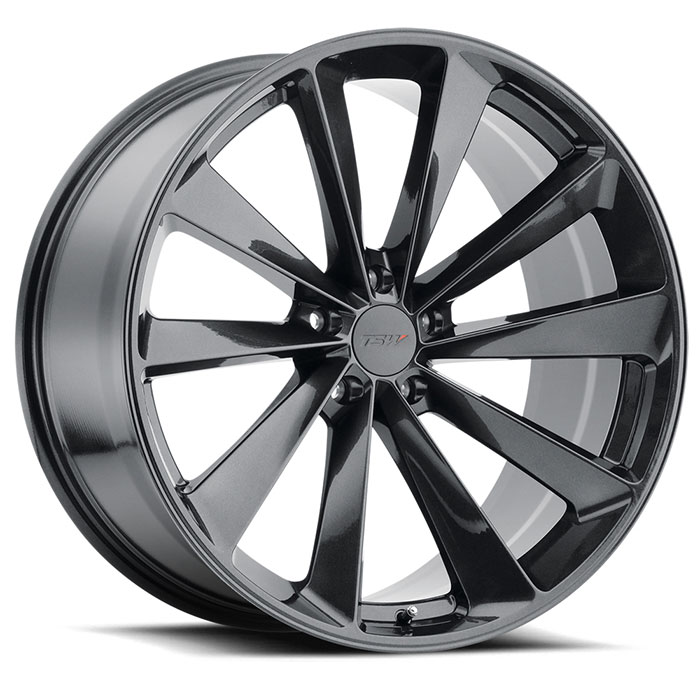
Alloy Wheel Advantages
The alloy material has many benefits over competing materials, many of which also apply to wheels. Here’s a look at some of the top benefits to outfitting a vehicle with alloy wheels:
Aesthetics
Alloy wheels typically just look much more stylish than other types, as we mentioned in the introduction. This is largely due to the alloy wheels’ more complicated manufacturing process, which allows for more imaginative and even custom designs. It’s obvious which wheel looks better when compared to an alloy wheel.
Performance
Alloy wheels have more benefits than just good looks; they can also enhance driving efficiency. For instance, alloy wheels are significantly lighter than steel ones, which benefits a vehicle’s acceleration, braking, and fuel efficiency. With alloy wheels, steering and handling are frequently enhanced as well. The less-heavy wheels also lessen the strain on the suspension, engine, and other parts of the car. Better heat conduction and dissipation are also possible with alloy wheels, and better braking is a direct result. A vehicle’s tires are less likely to prematurely wear out because of these improved heat dissipation qualities because they will stay cooler.
Lightweight
Even though this benefit was mentioned in the bullet point above, it bears repeating: alloy wheels are significantly lighter than steel wheels, which helps reduce a vehicle’s fuel consumption, wear and tear on various components, and improve handling. Remember that every 10% reduction in weight that can be achieved results in an improvement in fuel efficiency of up to 7%. That’s big.
Corrosion-resistant
The fact that alloy wheels and the alloy material in general are more corrosion- and rust-resistant than steel and other metals is a final significant advantage. After all, if you’re going to spend more money on alloy wheels—whether as an aftermarket option or off the lot—it will serve you well if they are durable. You can rely on them to look good and last a long time because of the material and the way they were made.
Alloy wheels are much more than just another kind of wheel, as you can see. For many people today, they represent the only kind of wheel that matters. Now that you know what an “alloy wheel” really means, you can make the decision if this is the right type of wheel for your vehicle.
Disadvantages of Using Alloy Wheels
Less Durable
When used on rough surfaces, alloy wheels are not as durable as steel wheels. After frequent use, they are more vulnerable to dents and cracks. When you drive them in difficult or dangerous road conditions, you may even find curb rashes on the wheels.
However, because steel is malleable, it is possible to repair dents in steel wheels by hammering them.
Price
It can be expensive to purchase new alloy wheels because they cannot be repaired. Rims made of aluminum alloy, for instance, cost between $110 and 130.
Because copper, magnesium, and nickel must be combined with die-cast aluminum alloys during manufacturing, this process is costly.
When 8% copper and aluminum are combined, plating costs are decreased. Its tensile strength increases from 21,000 PSI (pounds per square inch) to 32,000 PSI when combined with magnesium. Aluminum can have a higher surface finish and more rigidity by adding zinc.
Contrarily, steel wheels are simple to manufacture because they cost between 70% and 80% less to make than alloy wheels. The least expensive steel rim can be found for around $30, depending on size.
How to Choose the Right Alloy Wheels?
Buying a new set of alloy wheels online or in-store for your car is easier said than done. Below are the top tips on how to choose the right alloy wheels.
You are supposed to take Size, Offset, PCD, RIM Width, and Aesthetic Value in mind.
Yes, size matters. The separation between a wheel’s hub mounting surface and center line is known as its offset. The diameter of the circle that passes through the center of a wheel’s bolt holes is known as the “pitch circle diameter,” or PCD. The RIM width of an alloy wheel is the distance between its outer and inner lips. If you didn’t like it in the store, you wouldn’t like it on the road.
Alloy Wheels Vs Steel Wheels: Choose the Better for You
Alloy Wheels Vs Steel Wheels, which one is stronger? Why are alloy wheels so expensive? What is the option that is actually better for your car?
Steel wheels are strong, affordable, and simple to fix. It is impact-resistant and more shock-absorbing. The weight and handling of alloy wheels, on the other hand, is better. Additionally, it improves the profile of your vehicle and is simple to customize.
What Are Alloy Wheels?
Simply put, an alloy is a substance created by combining two or more elements, at least one of which is a metal. Usually, the strength and corrosion resistance of this combination of elements is better. To achieve the desired structural integrity, these trendy alloy wheels for automobiles are primarily made of an alloy of aluminum and magnesium.
What Are Steel Wheels?
Steel, the most durable form of iron available in the automotive industry, is used to make steel wheels, as the name suggests. Steel has been used in large construction projects such as railway tracks, building endoskeletons, foundations, etc. due to its strength and durability. Steel wheels have been used in automobiles for a very long time and are still preferred for many of their features.
Key Takeaways
Wheel rims made from alloys of either aluminum or magnesium, or both, are referred to as alloy wheels. These wheels are also known as Mag wheels because magnesium is a necessary element.
A more affordable option to replacing your wheel is to have your alloy wheel repaired. Your car’s performance is restored, and it also enables you to keep it from suffering additional harm. If you decide to sell your car, having wheels that look new will increase its value. At Auto Cosmetics, skilled and knowledgeable technicians provide high-quality wheel repair services right at your door. Confidently schedule an appointment.
Read about Alloy Wheels Vs Steel Wheels

